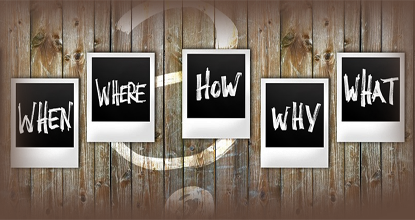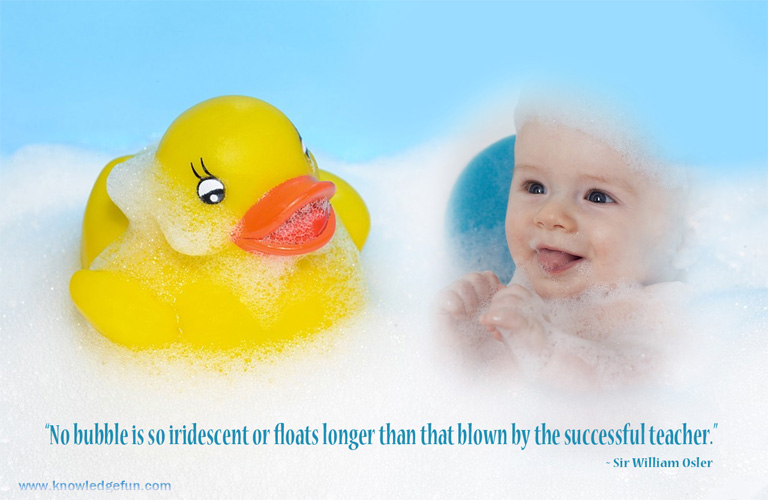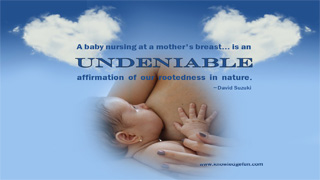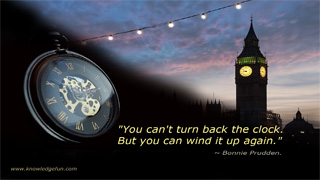EXPRESSED BREAST MILK
After 2 or 3 days of frequent feedings by your baby, your breasts will feel very heavy and full. The more times the baby wants to eat the more milk your body will produce. Breasts that are too full may make it difficult for your baby to latch on properly. Removing some of the milk near the nipple may help your baby to latch on more comfortably.
You can express milk manually with your hands or you can use a recommended breast pump. Breast pumps are used to ease engorged breasts or to collect milk when you are away from your baby (for example, if you are ill or at work). You can also express some extra milk to freeze for use when you are away from your baby for more than 48 hours, when you are back at work or your baby is at child care facility.
Pumping enables you to continue to breastfeed by keeping your milk production stimulated. Before buying a breast pump, discuss why you want one with a health professional who is familiar with breast-feeding. If milk is not emptied from the breast regularly, it sends a message back to your body to stop making milk.
Before you express milk manually or with breast pump make sure your hands are clean. Wash them well with soap and water.
Put expressed breast milk in sterilized bottle or container, label the container and put a date on it. Expressed breast milk will keep in the refrigerator for up to 48 hours. It can be stored for 2 weeks in a freezer inside a refrigerator. It will keep for up to 3 months in the self-contained freezer unit of a refrigerator or for 6 months in a chest freezer. The temperature in these should be cold enough to keep ice cream firm.







